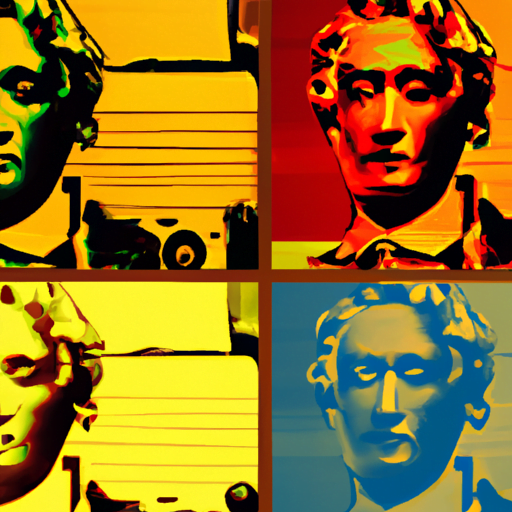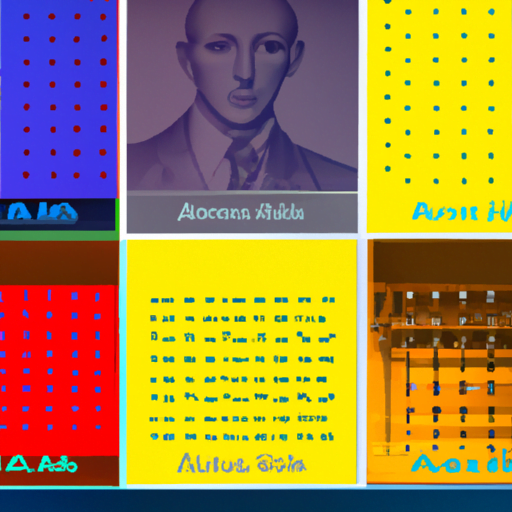
-
Table of Contents
The Role of AI in Automating Design Processes

Artificial Intelligence (AI) has revolutionized various industries, and the field of design is no exception. With its ability to analyze vast amounts of data, learn from patterns, and make intelligent decisions, AI has become an invaluable tool for automating design processes. In this article, we will explore the role of AI in design automation, its benefits, and its impact on the industry.
1. Understanding AI in Design
AI in design refers to the use of machine learning algorithms and other AI techniques to automate various aspects of the design process. It involves training AI models on large datasets of design examples, enabling them to generate new designs, optimize existing ones, and perform other design-related tasks.
AI can be applied to different design domains, including graphic design, product design, architecture, and more. By leveraging AI, designers can streamline their workflows, save time, and enhance their creativity.
2. Benefits of AI in Design Automation
The integration of AI in design automation offers several benefits that can significantly impact the industry. Some of these benefits include:
- Increased Efficiency: AI can automate repetitive and time-consuming tasks, allowing designers to focus on more creative and strategic aspects of their work. For example, AI algorithms can generate multiple design options based on specific criteria, saving designers hours of manual work.
- Improved Accuracy: AI algorithms can analyze vast amounts of data and learn from patterns, leading to more accurate design decisions. By leveraging AI, designers can reduce errors and create designs that better meet the needs of their clients.
- Enhanced Creativity: AI can serve as a source of inspiration for designers. By analyzing existing designs and patterns, AI algorithms can generate new and innovative design ideas that designers can further refine and develop.
- Optimized Design Solutions: AI can optimize designs based on various parameters, such as cost, functionality, and aesthetics. By considering multiple factors simultaneously, AI algorithms can generate design solutions that are more efficient and effective.
3. Examples of AI in Design Automation
There are numerous examples of AI being used to automate design processes across different industries. Let’s explore a few notable examples:
3.1 Generative Design
Generative design is a process that involves using AI algorithms to generate multiple design options based on specific constraints and goals. For example, in architecture, generative design algorithms can create building layouts that maximize natural light, minimize energy consumption, and optimize space utilization.
Similarly, in product design, generative design algorithms can create optimized 3D models that meet specific performance criteria. By exploring a vast design space, AI algorithms can discover design solutions that human designers might not have considered.
3.2 Graphic Design Automation
AI is also being used to automate various aspects of graphic design. For instance, AI algorithms can analyze a brand’s visual identity and generate consistent design assets, such as logos, color palettes, and typography, that align with the brand’s style.
Furthermore, AI-powered tools can automatically resize and adapt designs for different platforms and devices, saving designers the time and effort of manually adjusting each design element.
4. The Impact of AI on the Design Industry
The integration of AI in design automation has had a profound impact on the industry. Some key impacts include:
- Redefined Roles: AI has changed the role of designers from manual creators to strategic thinkers and problem solvers. By automating repetitive tasks, designers can focus on higher-level activities that require human creativity and critical thinking.
- Increased Collaboration: AI tools facilitate collaboration between designers and AI algorithms. Designers can provide feedback and guidance to AI models, helping them improve over time. This collaboration between humans and AI leads to better design outcomes.
- Improved Accessibility: AI-powered design tools are becoming more accessible to designers of all skill levels. As AI automates complex tasks, designers can achieve professional-level results without extensive technical expertise.
- Ethical Considerations: The use of AI in design raises ethical considerations, such as the ownership of AI-generated designs and the potential bias in AI algorithms. Designers and AI developers must address these concerns to ensure responsible and fair use of AI in design.
5. Summary
AI has emerged as a powerful tool for automating design processes. Its ability to analyze data, learn from patterns, and make intelligent decisions has transformed the way designers work. By leveraging AI, designers can increase efficiency, improve accuracy, enhance creativity, and optimize design solutions.
Examples of AI in design automation, such as generative design and graphic design automation, demonstrate the practical applications of AI across various design domains.
While AI has redefined the roles of designers and improved accessibility to design tools, ethical considerations must be addressed to ensure responsible and fair use of AI in design.
As AI continues to advance, it will undoubtedly play an increasingly significant role in automating design processes, empowering designers, and shaping the future of the design industry.
